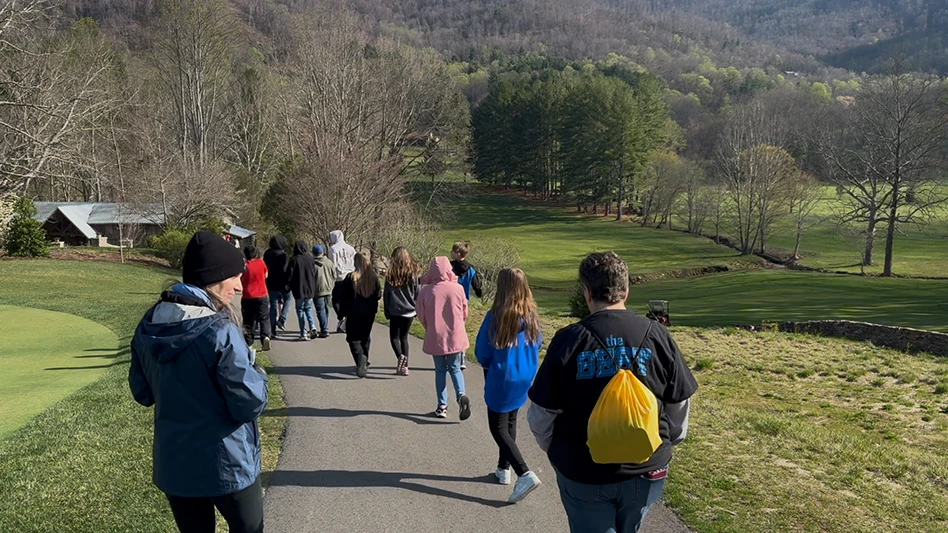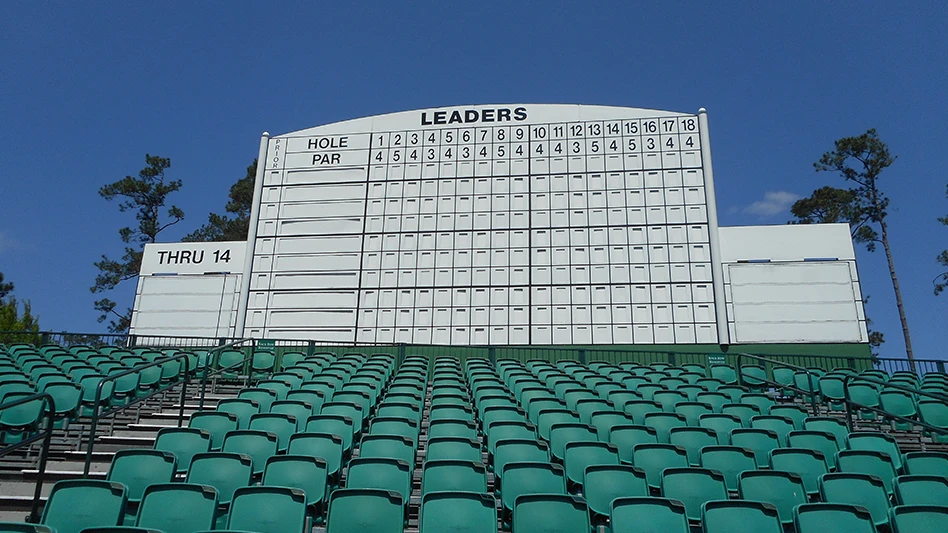In school, the three “R’s” were reading, righting and ‘rithmatic. In 2010, for courses in the survival mode, and considering bunker renovations, the three “R’s” mean remove, reduce and redesign for maintenance.
Until the early 2000’s, the business model for new courses was one of high aesthetics to attract golfers. Even “practical” designers who usually considered maintenance aspects of design followed the trend, especially in creating numerous and highly sloping flash bunkers. I always believed that eventually, impossible-to-maintain features would be modified. “Eventually” came earlier than expected. As Bob Dylan sang, “The times, they are a changing,” and I have been involved in several bunker re-designs to improve maintenance, including some of my own courses.
In some cases, I’m asked only to “bless” already planned changes, to save money. I get more involved deeply in most cases, and a golf course architect’s input provides real value in looking at play, design, aesthetic and maintenance aspects of bunkers characteristics – which helps every bunker renovated – and the overall bunker scheme – to turn out the best it can be.
If your original architect is available, I recommend using them. They are more than willing to help you adapt to current needs. Both your needs and their ideas on bunker design have changed over time, and they may welcome the chance for a design "mulligan!”
Typically, courses are looking at removing bunkers, size reductions to remaining bunkers, and tuning bunkers shapes and slopes for easier maintenance.
Bunker Removal
Most courses can remove several bunkers without grave effect. This varies from course to course, but there are often obsolete, with difficult maintenance or extended travel time, serving the same function as adjacent bunkers, or that slow play, that quickly become likely candidates. Bunkers that are multifunctional, providing hazard, framing, visual effect, or safety tend to be kept.
Size Reductions
Smaller bunkers obviously reduce construction cost and future maintenance. I often recommend building small lips across narrow points of sand bunkers and converting the first lobe – or two – to grass. This can help speed up play, and very often, golfers only see the higher, back portions of the bunker anyway, so the visual effect isn’t compromised.
Where liners are used, I look to reduce overall bunker size to reduce hand raking. For power raked bunkers, I redesign sand lobes to their minimum turning diameter, usually about 16 to 18 feet depending on the slope. (While intended to reduce maintenance, I find that many modern bunkers are “oversized” visually and the downsizing helps the visual appeal of many greens.)
Similarly, I “tune” the size and shape of the grass noses. Current mowers can handle 18-foot diameter noses.
Some superintendents prefer to mow “down and back up” without turning, and there, I reduce noses to just under two mower widths.
Renovations
Slopes and drainage are integral to bunkers. I make sure that no drainage runs into bunker slopes. Some bunkers have that problem designed in, and others “acquire it” as mowers wear down their top edges, which allows water in, and a few inches of fill is all it takes to help the bunker. I also recommend a complete herringbone system as most bunkers have far too little tile in them.
Rains wash sand down steep slopes, and the trend is to flatten internal bunker slopes, while keeping enough upslope to make the bunker visible. Maximum slope varies with sand characteristics and climate – in dry climates and with angular sands, 25 percent slopes may be appropriate, while in rainy areas, bunker slopes may be flattened to 10-15 percent maximum.
I also make sure green side bunkers are 6 to 8 feet from the green edge to be in play while allowing riding mowers to turn. It’s common for them to separate from the green over time, while others migrate inward.
ASGCA member Daniel J. Schlegel, did all of the above when one of his clients proposed a simple sand replacement for the bunker on their first hole.
He recognized that the existing bunker could be reduced in size, and the frontal opening widened, making it more suitable for an opening hole. His resulting re-designs reduced flash and washing, total size, and improved sand and drainage. GCI
Get curated news on YOUR industry.
Enter your email to receive our newsletters.
Explore the January 2011 Issue
Check out more from this issue and find your next story to read.
Latest from Golf Course Industry
- The Aquatrols Company hires marketing manager
- Renovating Bredemus in West Texas
- Renovation starts at Okatie Creek GC at Sun City Hilton Head
- The Fittest Podcast in Turf: Episode 1
- New 6-hole course debuts in Oklahoma
- GCSAA announces Grassroots Ambassador Leadership Award recipients
- Reel Turf Techs: David Gummo
- PBI-Gordon promotes two to executive level








